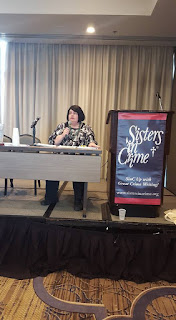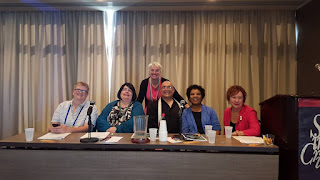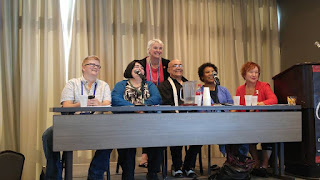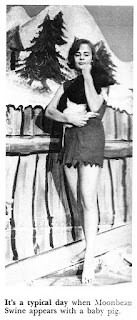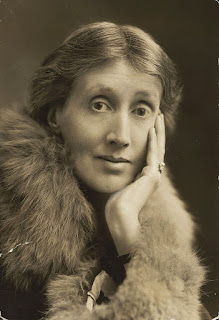Something Different in a New Book
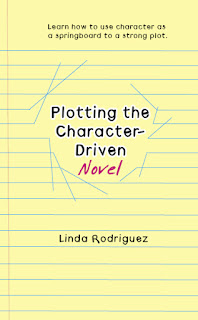 I don’t do many promotional posts, so I
I don’t do many promotional posts, so Ihope you’ll bear with this one. I have a new book coming November
30th, something different from my poetry or novels. For many years,
I’ve taught writing workshops and classes in person and online. A
number of people across the nation have asked that I write books on
the topics of my classes because they don’t live close enough to take
one and are not in the national organization for which I teach my
online classes (to members only). Next month, my first writing book,
Plotting the Character-Driven Novel, will be published by
Scapegoat Press, and it’s available for pre-orders now (though I
notice only the trade paperback is up right now—it will be available in ebook, as well).
baby. We are planning a whole series of these writing books—next
year one on revising the novel. It’s been a very different process
from writing either poetry or fiction. Here’s the lovely write-up the
publisher has done for the book.
Novel, Linda Rodriguez turns her sought-after writing course on
using depth of character as a springboard to a strong plot into a
book designed to help the aspiring writer who wants to tell a story
made compelling by the truth and complexity of its characters. She
provides examples of actual documents she has used in creating her
own award-winning books to demonstrate the methods she teaches.
the motivations each character has for taking or not taking action.
springboard to a strong plot that draws its complexity from the
motivations of its characters?
of each major character, what happens when these are frustrated, and
how do they intersect and confl ict with one another?
hiding even from him/herself? What will this character tell you about
her/himself if given the chance?
of your characters, you will learn to create an exciting and
integrity of the characters you create.
Rodriguez’s novels
painful legacy of secrets have long been hallmarks of this excellent
series. They are present in great detail here in this complex and
multilayered novel.” —Kevin R. Tipple
of small town secrets is captivating from page one. An absolute
page-turner!” —Hank Phillippi Ryan, Agatha, Anthony and Mary
Higgins Clark award-winning author
“Her latest not only fulfi lls its predecessor’s promise but
also furthers Skeet’s story in ways that will have readers eager
for her next case.” —Richmond Times-Dispatch
and attention to character prove she is an author who should have a
bright future.” —Oline H. Cogdill, South Florida Sun-Sentinel
Paretsky will relish Linda Rodriguez’s stellar debut. Her sleuth,
Skeet Bannion, is a keeper.” —Julia Spencer-Fleming, New York
Times bestselling author of One Was a Soldier
“Plotting the Character-Driven Novel” Workshop
was perfect. The lessons were invaluable.” –Nancy R.
great new tools for plotting.” –Holly T.
tackle that MS.” –Susan B.
me with lots of tools to help with plot and character.” –Nancy E.
thought I knew my main character pretty well before, but now I know
her so much better. It’s no longer so daunting a task to work on
the book!” –Betty P.
write this first book.” – Mary B.
and helpful. Now, if you could just show up at my house every morning
and make me sit down to write, that would be great!” –Cheryl J.
Last Secret, won the St. Martin’s/ Malice Domestic Best First
Traditional Mystery Novel Competition. Her novel, Every Broken
Trust, was a Las Comadres National Latino Book Club selection,
took 2nd place in the International Latino Book Awards, and was a
finalist for the Premio Aztlán Literary Award. Her third novel,
Every Hidden Fear, was a Latina Book Club Best Book of 2014, a
selection of Las Comadres National Latino Book Club, and received a
2014 ArtsKC Fund Inspiration Award. Her fourth Skeet Bannion novel,
Every Family Doubt, will be published in June 2017. Visit her
Web site at http://lindarodriguezwrites.blogspot.com


